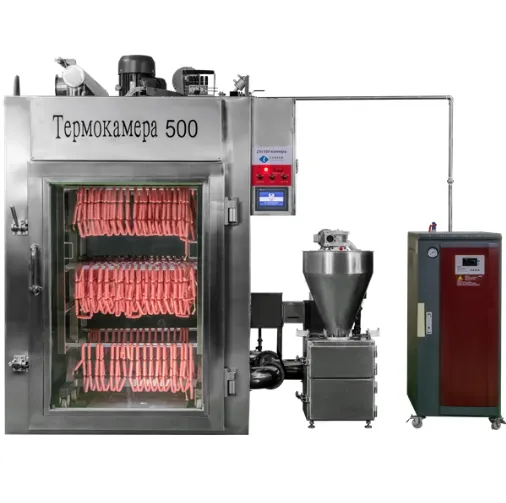- Afrikaans
- Albanian
- Amharic
- Arabic
- Armenian
- Azerbaijani
- Basque
- Belarusian
- Bengali
- Bosnian
- Bulgarian
- Catalan
- Cebuano
- chinese_simplified
- chinese_traditional
- Corsican
- Croatian
- Czech
- Danish
- Dutch
- English
- Esperanto
- Estonian
- Finnish
- French
- Frisian
- Galician
- Georgian
- German
- Greek
- Gujarati
- haitian_creole
- hausa
- hawaiian
- Hebrew
- Hindi
- Miao
- Hungarian
- Icelandic
- igbo
- Indonesian
- irish
- Italian
- Japanese
- Javanese
- Kannada
- kazakh
- Khmer
- Rwandese
- Korean
- Kurdish
- Kyrgyz
- Lao
- Latin
- Latvian
- Lithuanian
- Luxembourgish
- Macedonian
- Malgashi
- Malay
- Malayalam
- Maltese
- Maori
- Marathi
- Mongolian
- Myanmar
- Nepali
- Norwegian
- Norwegian
- Occitan
- Pashto
- Persian
- Polish
- Portuguese
- Punjabi
- Romanian
- Russian
- Samoan
- scottish-gaelic
- Serbian
- Sesotho
- Shona
- Sindhi
- Sinhala
- Slovak
- Slovenian
- Somali
- Spanish
- Sundanese
- Swahili
- Swedish
- Tagalog
- Tajik
- Tamil
- Tatar
- Telugu
- Thai
- Turkish
- Turkmen
- Ukrainian
- Urdu
- Uighur
- Uzbek
- Vietnamese
- Welsh
- Bantu
- Yiddish
- Yoruba
- Zulu
Jan . 24, 2025 05:05
Back to list
Cutting Rib Machine
Quality meat processing hinges on the symbiotic relationship between skill and equipment. For businesses or hobbyists entering the meat processing industry, understanding the exact equipment required is more than a task—it's about ensuring efficiency, maintaining safety standards, and optimizing yield. This article provides a comprehensive guide to the essential equipment needed, shaped by decades of industry experience and professional advice, empowering operations of any scale, from artisanal butcheries to large-scale processing plants.
For those looking to leverage technology, incorporating a HACCP (Hazard Analysis and Critical Control Points) system is indispensable in modern meat processing. With sensors and software, this system monitors critical points in the processing chain, ensuring temperature controls, hygiene maintenance, and overall product safety. No discussion on meat processing equipment would be complete without mentioning maintenance and sanitation. Investing in sterilization equipment, like UV lamps or ozone generators, that can effectively sanitize surfaces and tools helps maintain a clean environment, crucial for food safety. Cleaning schedules augmented by professional-grade detergents sustain the productivity and safety of your equipment. Engaging with manufacturers known for their engineering excellence and customer support is valuable. Ensuring the equipment comes with warranties, service plans, and readily available spare parts can prevent costly downtime and maintain continuous, efficient production flows. For budding meat processing professionals, sourcing knowledgeable mentors or enrolling in industry courses can significantly enhance understanding and operational finesse. Networking with industry peers via workshops or online forums can provide insights into emerging technologies and industry trends, adding further value to your equipment investment strategies. In conclusion, successful meat processing hinges on choosing the right equipment tailored to specific operational needs. Prioritizing quality, safety, and maintenance undoubtedly leads to exceptional products, positioning your meat processing operations competitively in the market.


For those looking to leverage technology, incorporating a HACCP (Hazard Analysis and Critical Control Points) system is indispensable in modern meat processing. With sensors and software, this system monitors critical points in the processing chain, ensuring temperature controls, hygiene maintenance, and overall product safety. No discussion on meat processing equipment would be complete without mentioning maintenance and sanitation. Investing in sterilization equipment, like UV lamps or ozone generators, that can effectively sanitize surfaces and tools helps maintain a clean environment, crucial for food safety. Cleaning schedules augmented by professional-grade detergents sustain the productivity and safety of your equipment. Engaging with manufacturers known for their engineering excellence and customer support is valuable. Ensuring the equipment comes with warranties, service plans, and readily available spare parts can prevent costly downtime and maintain continuous, efficient production flows. For budding meat processing professionals, sourcing knowledgeable mentors or enrolling in industry courses can significantly enhance understanding and operational finesse. Networking with industry peers via workshops or online forums can provide insights into emerging technologies and industry trends, adding further value to your equipment investment strategies. In conclusion, successful meat processing hinges on choosing the right equipment tailored to specific operational needs. Prioritizing quality, safety, and maintenance undoubtedly leads to exceptional products, positioning your meat processing operations competitively in the market.
Previous:
Latest news
-
Vacuum Bowl Cutter ZKB-125 - Hebei Yuanchang Food Mechanism & Technology Co., Ltd.NewsAug.01,2025
-
Vacuum Bowl Cutter ZKB-125-Hebei Yuanchang Food Mechanism & Technology Co., Ltd.|Vacuum Processing, Meat Pet Food EquipmentNewsAug.01,2025
-
Vacuum Bowl Cutter ZKZB-125-Hebei Yuanchang Food Mechanism & Technology Co., Ltd.NewsJul.31,2025
-
Vacuum Bowl Cutter ZKZB-125-Hebei Yuanchang Food Mechanism & Technology Co., Ltd.|Meat Processing, Pet Food EquipmentNewsJul.31,2025
-
Vacuum Bowl Cutter ZKB-125-Hebei Yuanchang Food Mechanism & Technology Co., Ltd.|Meat Processing & Pet Food EquipmentNewsJul.30,2025
-
Vacuum Bowl Cutter ZKZB-125 - Hebei Yuanchang | Meat Processing & Pet Food EquipmentNewsJul.30,2025










